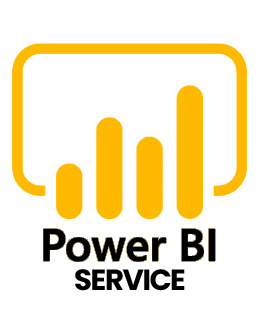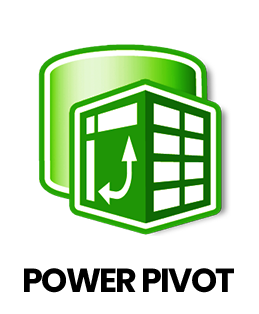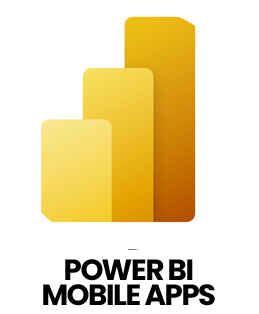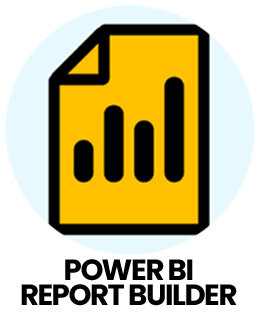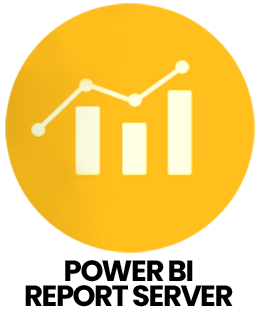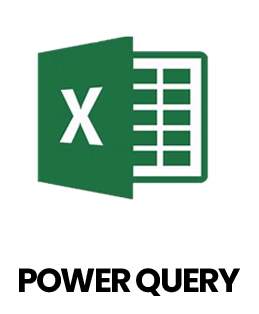1. What is Power BI and how is it used in business reporting?
Ans:
One tool for business intelligence and data visualization is Power BI turns raw data into interactive reports and dashboards. It connects to various data sources, transforms data and allows analysis through Power BI Desktop, Power BI Service and Power BI Mobile.
2. What is DAX in Power BI and why is it important?
Ans:
DAX is a formula language in Power BI utilized to generate computed tables, measurements and columns. It enables aggregation, filtering and logic-based calculations, making your data models more dynamic and insightful.
3. What types of relationships can you create between tables in Power BI?
Ans:
Power BI supports one-to-one, one-to-many and many-to-many relationships. These connections define how tables relate to each other, ensuring accurate analysis and combined reporting.
4. How do Import and DirectQuery modes differ in Power BI?
Ans:
Import mode stores data inside Power BI for faster performance but requires regular refreshes to stay updated. DirectQuery keeps data in the source system, offering real-time updates, though speed depends on the original data source.
5. What are KPIs in Power BI and how are they used?
Ans:
KPIs (Key Performance Indicators) are visual metrics that track performance against goals. They show actual values, targets and indicators like colors or icons to quickly reveal whether objectives are being met.
6. What kinds of data sources are compatible with Power BI?
Ans:
Power BI has connections to numerous sources including databases like SQL Server, Oracle and MySQL, cloud platforms like Azure and Snowflake, files like Excel and CSV and online services such as SharePoint and Dynamics 365.
7. How does Power BI help track performance with KPIs?
Ans:
Power BI visualizes KPIs to compare actual results with targets. Using indicators and charts, it makes tracking progress, spotting trends and understanding performance simple and fast.
8. What is Power Query Editor and how is it used in Power BI?
Ans:
Power Query Editor helps clean, transform and prepare data before analysis. You can remove duplicates, split columns, change data types and filter records without writing any code.
9. What are hierarchies in Power BI and why are they useful?
Ans:
Hierarchies arrange data into multiple levels, like Year, Month, Day or Country, State, City. They let users drill down into details and navigate reports more efficiently.
10. What are the different data connectivity options available in Power BI?
Ans:
Power BI provides Import, DirectQuery and Live Connection modes. Import stores data for fast offline use, DirectQuery accesses data in real-time and Live Connection links directly to SSAS models without importing.


